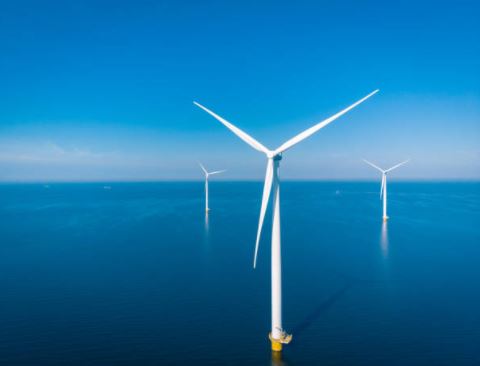Sustainable Investing
 As a part of our investment philosophy, we understand the along with being stewards of your capital. It is important to be good stewards of our planet as well. Over time, Investing has morphed and changed to incorporate a more integrated approach to recognize and incorporate stakeholders and Environmental, Societal, and Governance (ESG) risks into investment management.
As a part of our investment philosophy, we understand the along with being stewards of your capital. It is important to be good stewards of our planet as well. Over time, Investing has morphed and changed to incorporate a more integrated approach to recognize and incorporate stakeholders and Environmental, Societal, and Governance (ESG) risks into investment management.
Our team believes that ESG conscience investing is the best way to align both the interests of investors, corporations, and stakeholders for sustainable investing. By using an Investment approach that integrates long-term ESG criteria into investment and ownership decisions, our team can generate superior risk-adjusted financial returns by acting in the best interests of our clients.
 What is Sustainable Investing?
What is Sustainable Investing?
Over the last few years, companies have shifted their mandates and reporting standards to incorporate sustainability into their operations and planning. These changes are not only good for improving relationships with stakeholders but also help to mitigate risks for the company and its shareholders.
Sustainable Investing is the incorporation of ESG factors into the investment decision and portfolio management process to not only reduce risks in the portfolio but also increase performance by investing in companies that are growing for a sustainable future.
Sustainable investing incorporates not only screening out companies that are not ESG friends, but investing in companies that are greening their operations, best-in-class companies that are driving innovation and change in their industry, and thematic investing in sectors such as renewable power.
 ESG Integration in Investment Decisions
ESG Integration in Investment Decisions
As a part of our ESG Integration in the Investment Decision process, we use a few strategies to determine whether an investment fits our client's portfolio. Our team looks to invest in companies that lead their peer groups in ESG performance and use thematic investments to provide exposure to specific themes related to sustainability.
As a part of our fiduciary duty as portfolio managers, it is our duty to reduce risk in our client's portfolios, and ESG Integration is a natural next step after using the traditional financial metrics. Most often, the companies that are leaders in their peer groups through an ESG lens are also the companies that are then best managed and have the best future growth trajectories over their peers. Additionally, companies that have negative ESG metrics typically are companies that are in industries or sub-sectors which are in secular decline.
 Enbridge: Example of Sustainable Investing
Enbridge: Example of Sustainable Investing
Finally, it is important in the ESG space to not only reward companies that are best in class and have clear sustainability themes but also include companies that are taking an active role in greening their operations to try and become more ESG friendly. This includes companies such as Enbridge1, which has invested over $7.3B in renewable energy projects since 2002 and is making active steps to be net carbon neutral by 2050, increase representation within their workforce and strengthen the diversity of their board and management. While this company is in the Energy sector, their ESG initiatives to improve their operations are an important consideration when making an investment decision as the company is actively working on sustainability projects which will allow for continued growth into the future.
1 Information from Enbridge's Sustainability Webpage - https://www.enbridge.com/about-us/our-values/sustainability